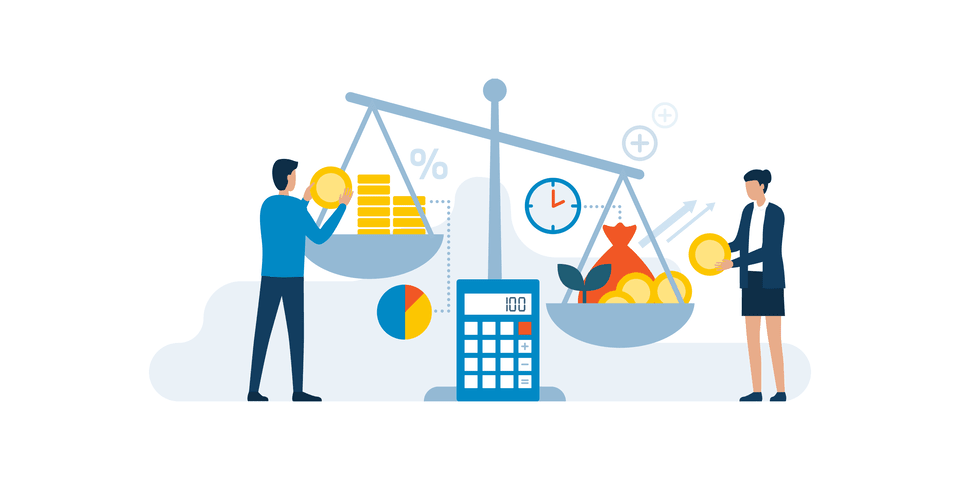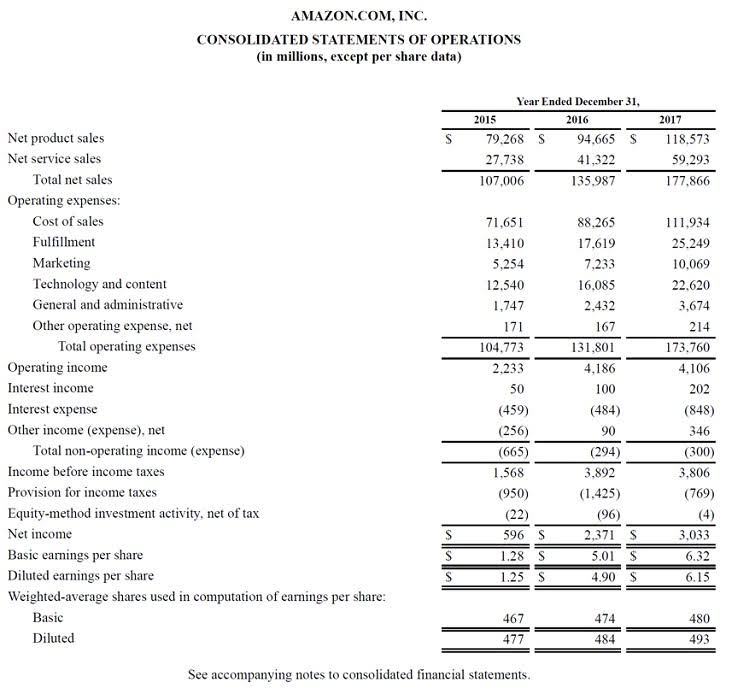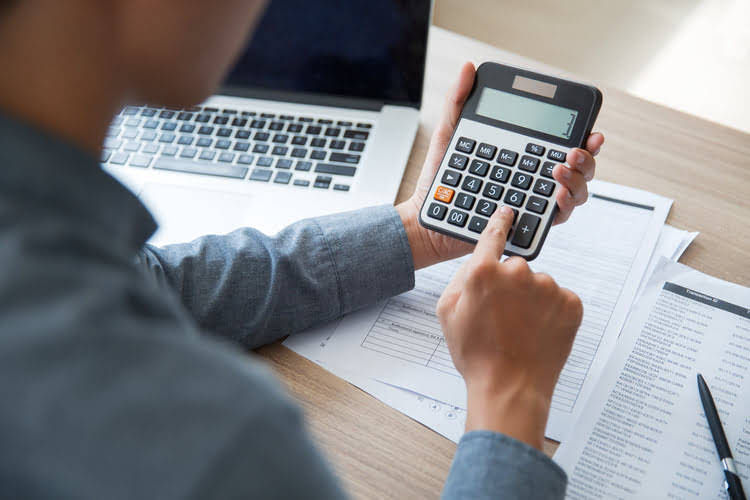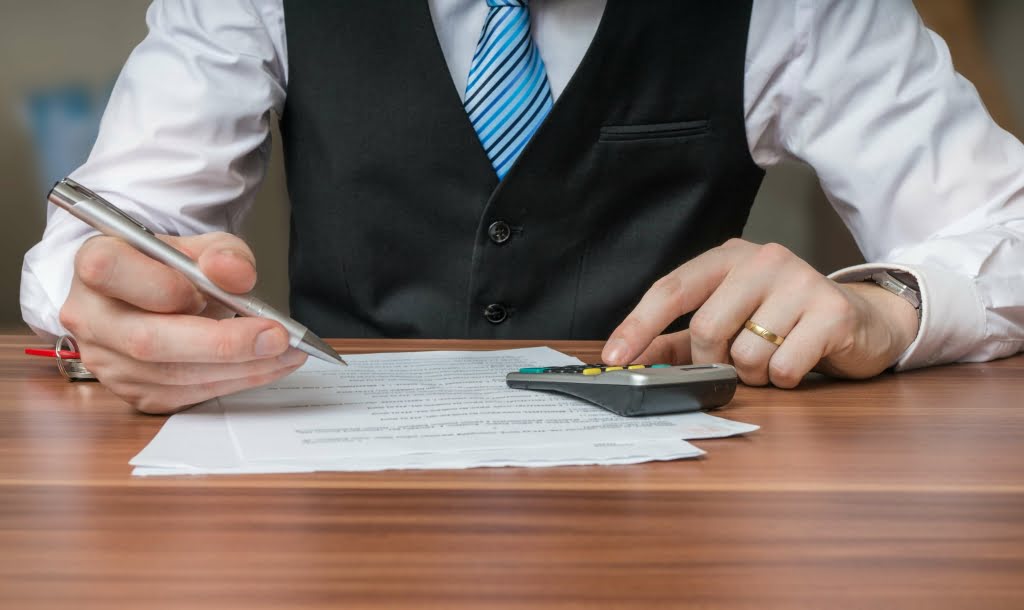
The amount of final year depreciation will equal the difference between the book value of the laptop at the start of the accounting period ($218.75) and the asset’s salvage value ($200). For example, if an asset has a salvage value of $8000 and is valued in the books at $10,000 at the start of its last accounting year. In the final year, the asset will be further depreciated by $2000, ignoring the rate of depreciation. An exception to this rule is when an asset is disposed before its final year of its useful life, i.e. in one of its middle years. In that case, we will charge depreciation only for the time the asset was still in use (partial year).

Double Declining Vs. Declining Balance Depreciation
Standard declining balance uses a fixed percentage, but not necessarily double. Both methods reduce depreciation expense over time, but DDB does so more rapidly. HighRadius offers a cloud-based Record to Report Suite that helps accounting professionals streamline and automate the financial close process for businesses.
Double Declining Balance Depreciation: Calculation and Examples
The declining balance method is one of the two accelerated depreciation methods and it uses a depreciation rate that is some multiple of the straight-line method rate. The double-declining balance (DDB) method is a type of declining balance method that instead uses double the normal depreciation rate. Bottom line—calculating depreciation with the double declining balance method is more complicated than using straight line depreciation. And if it’s your first time filing with this double declining balance method method, you may want to talk to an accountant to make sure you don’t make any costly mistakes.
We help eCommerce businesses master their finances.

This is the fixture’s cost of $100,000 minus its accumulated depreciation of $36,000 ($20,000 + $16,000). The book value of $64,000 multiplied by 20% is $12,800 of depreciation expense for Year 3. In summary, understanding these advanced topics helps ensure accurate financial reporting and compliance with accounting standards. The straight-line depreciation method simply subtracts the salvage value from the cost of the asset and this is then divided by the useful life of the asset. The annual straight-line depreciation expense would be $2,000 ($15,000 minus $5,000 divided by five) if a company shells out $15,000 for a truck with a $5,000 salvage value and a useful life of five years.

For instance, if an asset’s straight-line rate is 10%, the DDB rate would be 20%. This accelerated rate reflects the asset’s more rapid loss of value in the early years. However, note that eventually, we must switch from using the double declining method of depreciation in order for the salvage value assumption to be met. Since we’re multiplying by a fixed rate, there will continuously be some residual value left over, irrespective of how much time passes. For reporting purposes, accelerated depreciation results in the recognition of a greater depreciation expense in the initial years, which directly causes early-period profit margins to decline.
- While it is more complicated than the straight-line method, it can be beneficial for companies looking to manage their finances effectively.
- However, accelerated depreciation does not mean that the depreciation expense will also be higher.
- It is particularly suitable for assets whose usage varies significantly from year to year.
- Accumulated depreciation is total depreciation over an asset’s life beginning with the time when it’s put into use.
- And if it’s your first time filing with this method, you may want to talk to an accountant to make sure you don’t make any costly mistakes.

Now you’re going to write it off your taxes using the double depreciation balance method. Double declining balance depreciation isn’t a tongue twister invented by bored IRS employees—it’s a smart way to save money up front on business expenses. Once the asset is valued on the company’s books at its salvage value, it is considered fully depreciated and cannot be depreciated any further. However, if the company later goes on to sell that asset for more than its value on the company’s books, it must pay taxes on the difference as a capital gain.
What assets are DDB best used for?
For example, if the equipment in the above case is purchased Bookkeeping for Chiropractors on 1 October rather than 2 January, depreciation for the period between 1 October and 31 December is ($16,000 x 3/12). This rate is applied to the asset’s remaining book value at the beginning of each year. The arbitrary rates used under the tax regulations often result in assigning depreciation to more or fewer years than the service life. They determine the annual charge by multiplying a percentage rate by the book value of the asset (not the depreciable basis) at the beginning of the year.
- For example, if an asset has a useful life of 10 years (i.e., Straight-line rate of 10%), the depreciation rate of 20% would be charged on its carrying value.
- This is the total amount of depreciation that needs to be expensed in equal amounts across its useful life.
- Choosing the right depreciation method is essential for accurate financial reporting and strategic tax planning.
- This cycle continues until the book value reaches its estimated salvage value or zero, at which point no further depreciation is recorded.
- To understand the adjusting entries for depreciation, we look back at our example above.
- Once the asset is valued on the company’s books at its salvage value, it is considered fully depreciated and cannot be depreciated any further.
Create a Free Account and Ask Any Financial Question
It is also useful when the intent is to recognize more expense now, thereby shifting profit recognition further into the future (which may be of use for deferring income taxes). The overall expensed amount will be the same; however, it will be more in the earlier years and less later. While depreciation is used for calculating the descending costs of tangible assets, Amortization is used in the case of intangible assets.
How Does the Double Declining Balance Method Compare Against Other Depreciation Methods?
Thus, an increase in the cost of repairs of each subsequent year is petty cash compensated by a decrease in the amount of depreciation for each subsequent year. By contrast, the opposite is true when applying the straight-line method, the unit-of-production method, and the sum-of-the-years-digits method. For the past 52 years, Harold Averkamp (CPA, MBA) hasworked as an accounting supervisor, manager, consultant, university instructor, and innovator in teaching accounting online. For the past 52 years, Harold Averkamp (CPA, MBA) has worked as an accounting supervisor, manager, consultant, university instructor, and innovator in teaching accounting online. Signup for our newsletter to get access to our proven pitch deck template. A common mistake is forgetting to adjust the final year’s depreciation to not drop below the salvage value.
